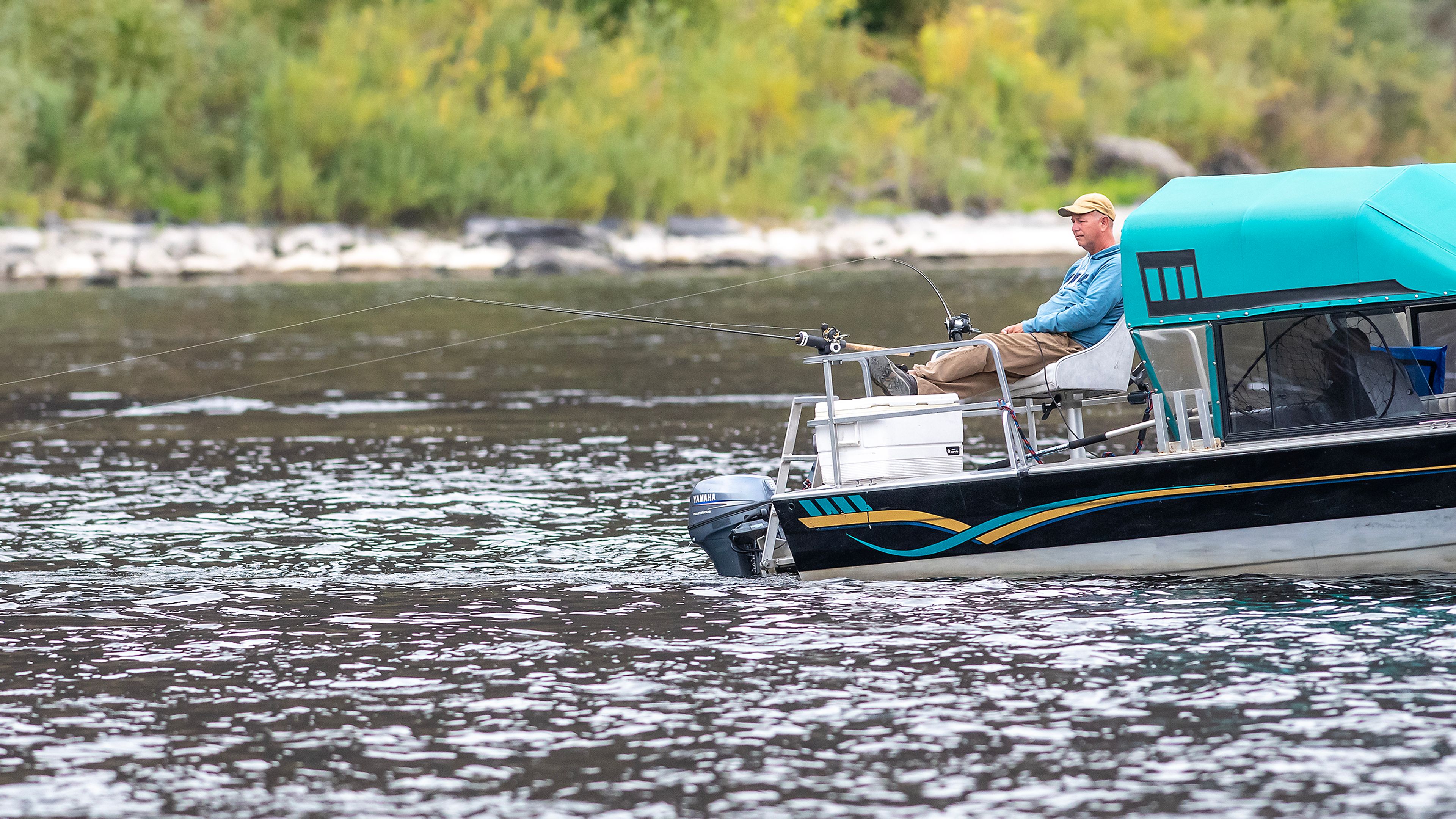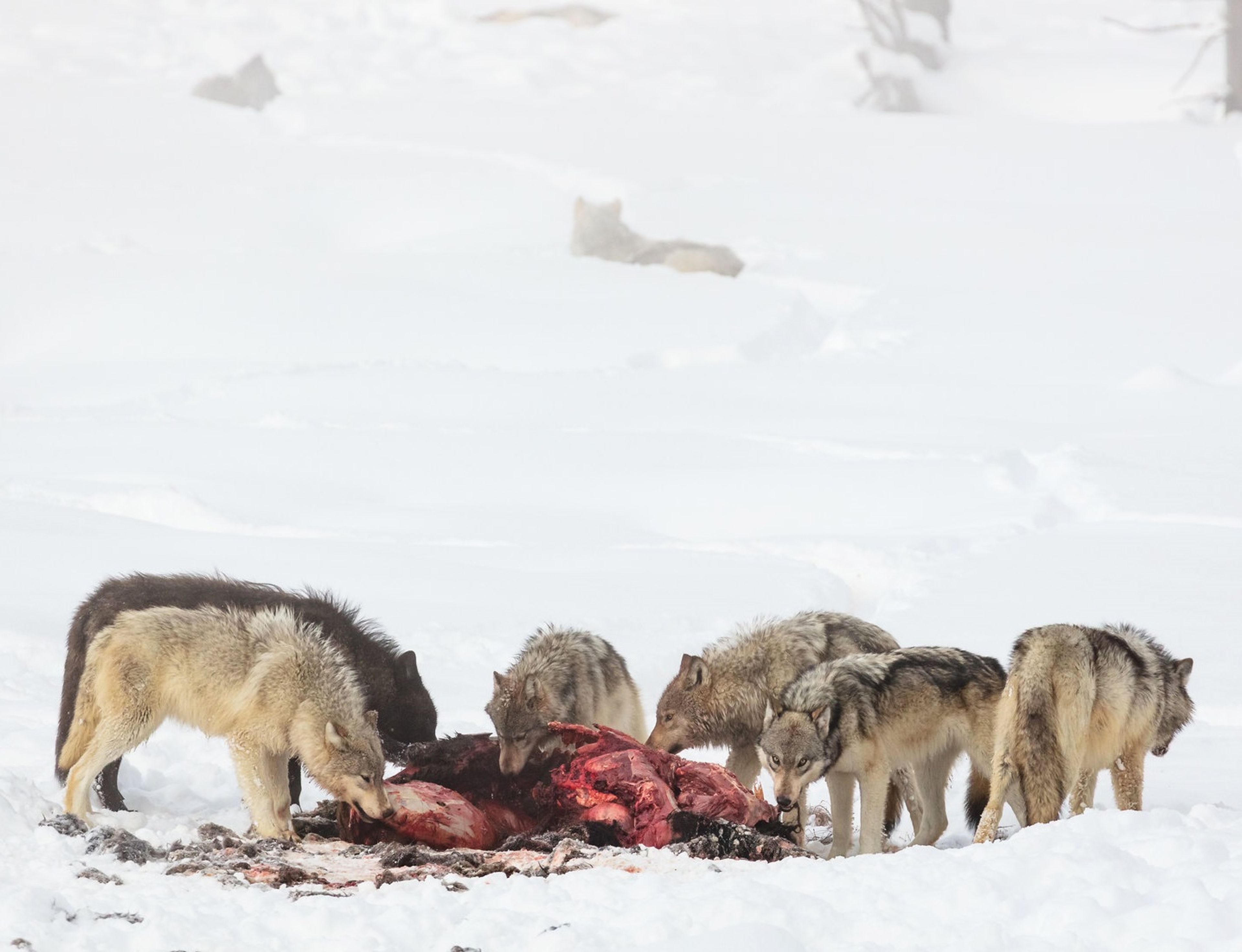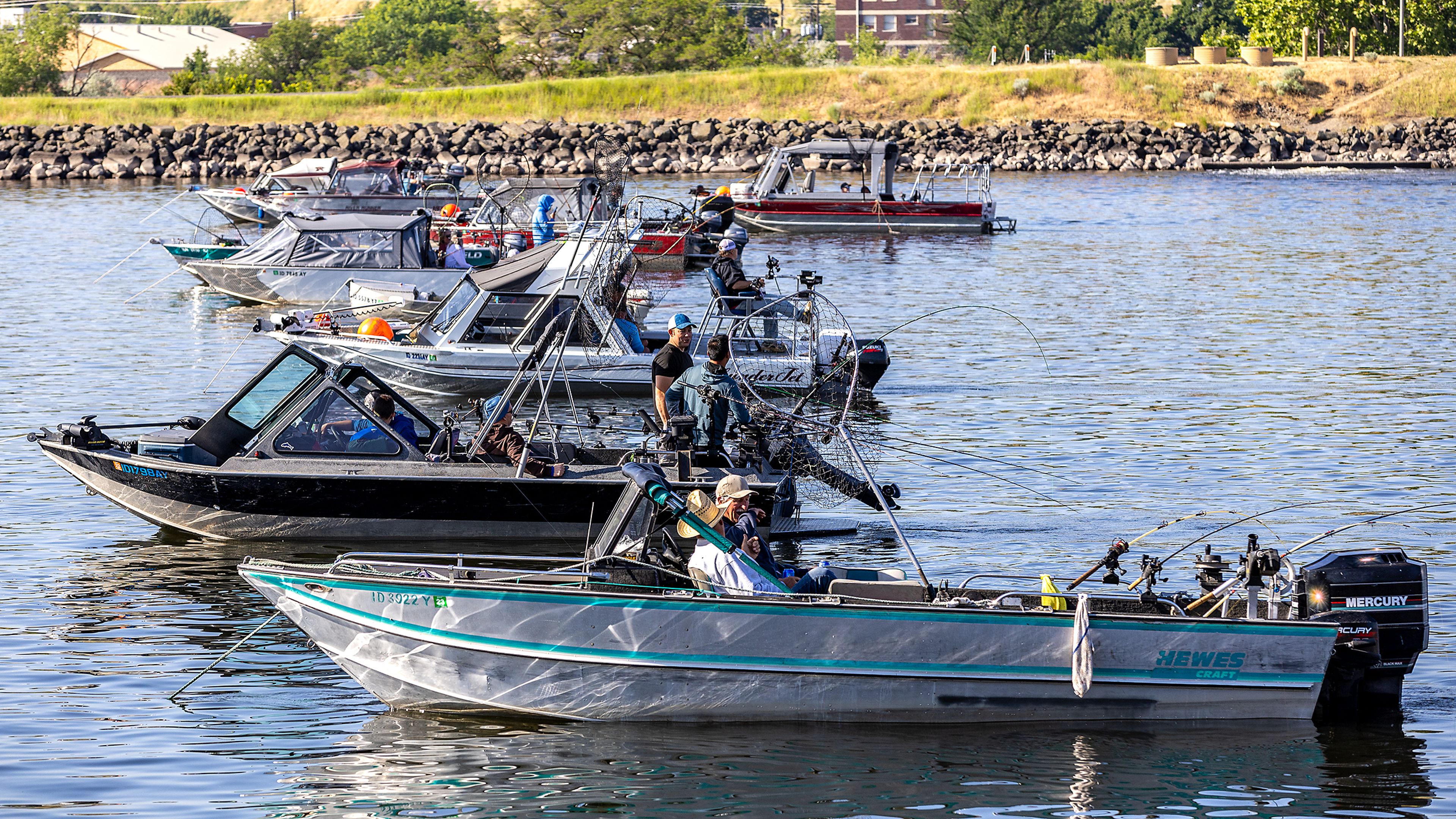Big steelhead bound for Idaho rivers
Expected return to Clearwater River looks especially strong; numbers in other regional rivers should be slightly improved
This story was originally published Sept. 1.
The Clearwater River is primed for a fun season of steelhead fishing, according to the Idaho Department of Fish and Game.
The river that is known for its strain of big, rod-bending steelhead is poised to see one of its better returns of hatchery steelhead in the last 15 years. But it’s a different story for the A-run fish bound for the upper Salmon, Little Salmon and Snake rivers. That run, which is typically dominated by smaller steelhead, is on pace to match or beat last year’s return — an improvement over the terrible runs during a five-year span that started in 2018 — but still well below returns in better times.
There is a bright side to the A-run, however. It is normally dominated by steelhead that return from the ocean after just one year in saltwater. This year the run is dominated by steelhead that spent two years in the ocean and the fish, on average, will be larger than normal.
Clearwater
Joe DuPont, regional fisheries manager for the Idaho Department of Fish and Game at Lewiston, said it’s possible more than 40,000 hatchery B-run steelhead will find their way to the Clearwater and its tributaries. But 30,000 might be more realistic.
Detections of Idaho-bound fish at Bonneville Dam on the Columbia River support the larger estimate but that is only if the fish return according to their longstanding schedule. In recent years, the fish have been showing up early, which means they peak earlier as well.
“Things are looking mighty fine for the Clearwater,” he said.
Up and down
Steelhead runs have been establishing an interesting pattern in recent years. The runs have tended to fluctuate, with one year favoring fish that spend two years in the ocean and the next year being better for those that spend one year there. For the B-run, that tends to mean better returns in the years that favor two-ocean fish.
For the A-run, which is typically dominated by fish that spend one year in the ocean, it can lead to ugly returns during the years that favor two-ocean fish. Unless, of course, the minority of A-run fish that spend two years in saltwater make up the difference.
DuPont said in a normal year, two-thirds of early run steelhead spend just one year at sea. This year is not normal. Based on detections of hatchery fish at Bonneville Dam, only about 7% of the A-run will be one-salt fish and the rest, 93%, are two-salts. If that ratio holds, it will be the highest since 2016 when 87% of the A-run spent two years in the ocean.
Wild fish
Fisheries managers said in a preseason forecast that about 32,400 wild A-run steelhead would make it to Bonneville Dam this fall and about half of those would return to the Snake River above Lower Granite Dam. The same forecast called for a return of about 4,000 wild B-run steelhead to Bonneville Dam and just 2,900 to Lower Granite Dam on the Snake River. Wild Snake River steelhead are protected as threatened under the Endangered Species Act.
Barker may be contacted at ebarker@lmtribune.com or at (208) 848-2273.









